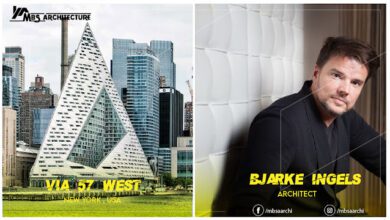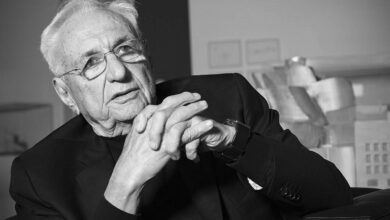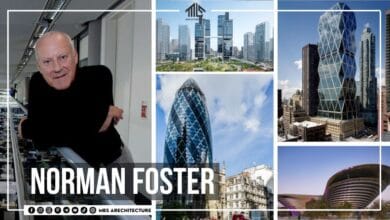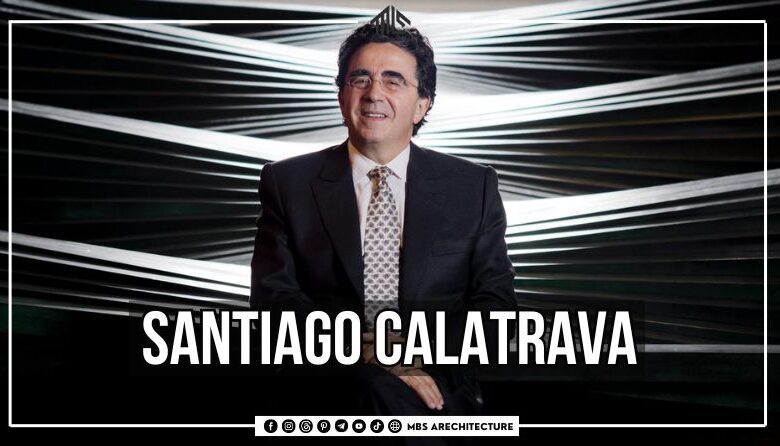
Santiago Calatrava: Visionary Architect Redefining Modern Design
Santiago Calatrava is more than just an architect , he is a visionary whose work transcends the boundaries of architecture and engineering. Known for his futuristic, sculptural designs that blend art, science, and technology, Calatrava’s projects redefine the limits of what is possible in modern architecture. His innovative approach has left a lasting impact on both urban landscapes and the architectural community worldwide.

In this comprehensive exploration of Calatrava’s work, we will delve into his early life, the evolution of his architectural style, and a detailed look at some of his most iconic works. We will also explore how his fusion of architecture and engineering has helped solve complex structural problems, while maintaining a strong commitment to aesthetic beauty and sustainability.
Early Life and Education
Born in Valencia, Spain, in 1951, Calatrava demonstrated an early interest in both art and science. His academic pursuits began with a degree in architecture at the Polytechnic University of Valencia. However, his thirst for knowledge and innovation led him to Switzerland, where he pursued civil engineering at the Swiss Federal Institute of Technology (ETH) in Zurich. This dual expertise in both design and engineering would come to define his architectural philosophy, giving him the tools to create highly expressive forms that are also structurally sound.
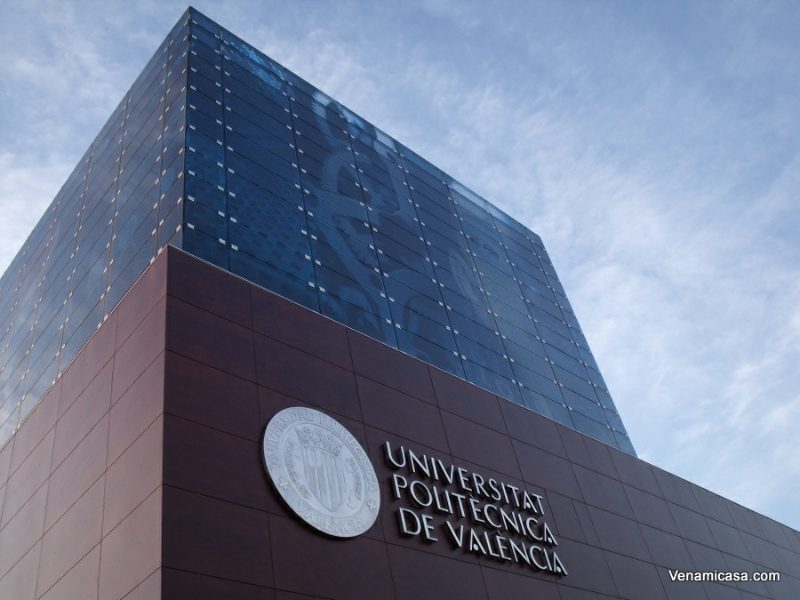
Throughout his career, the architect’s work has consistently drawn from natural forms, biomimicry, and a deep appreciation for the structural beauty found in the natural world. Whether inspired by the wings of birds or the spines of fish, his designs often incorporate elements of movement, creating spaces that seem to come alive.
Architectural Philosophy of Santiago Calatrava
Unlike many architects who focus on form or function alone, Calatrava’s approach has always centered on combining both elements. His work goes beyond the traditional boundaries of architecture, blurring the line between art and engineering. His buildings are known not just for their functionality, but also for their emotional resonance and ability to engage those who encounter them.
A signature of his designs is the emphasis on motion and dynamic forms. Whether in his bridges, museums, or transportation hubs, there is often a sense of fluidity, inspired by organic shapes and natural movement. This dynamic quality brings his structures to life, making them feel almost like living organisms, responding to and interacting with their environment.
Moreover, sustainability plays a crucial role in his work. Many of his designs incorporate energy-efficient elements, making use of natural light, renewable materials, and sustainable building practices. His approach demonstrates that buildings can be both breathtakingly beautiful and environmentally responsible.
Defining Characteristics of His Designs
Several recurring elements make Calatrava’s work instantly recognizable, contributing to his status as one of the most unique voices in modern architecture. These key characteristics provide insight into his artistic and technical vision:
Organic and Biomimetic Shapes
Taking inspiration from natural forms, many of his creations mimic the shapes and structures of living organisms. His designs frequently evoke the movement of birds in flight, the elegance of a fish’s skeletal structure, or the smooth curves of the human body. These biomimetic shapes are not just aesthetic choices, they are also part of his structural solutions, integrating both form and function in ways that defy traditional architectural expectations.
Movement and Kinetic Structures
An essential element of Calatrava’s work is its kinetic nature. Many of his buildings feature movable parts, from wings that open and close to roof structures that shift according to environmental conditions. This sense of movement makes his designs interactive, allowing them to adapt to changing environments. The wings of the Milwaukee Art Museum are perhaps the best example of this dynamic quality, with their movement mimicking the flight of a bird.
Use of White and Light
Another signature aspect of his designs is his frequent use of white materials, which help emphasize the clean, organic lines of his work. White is a symbol of purity in his designs, and it reflects light in a way that enhances the airy, ethereal quality of his structures. Whether it’s the City of Arts and Sciences in Valencia or the Oculus in New York, the color white serves as both a visual and symbolic tool, helping his buildings stand out while harmonizing with their surroundings.
Sculptural Bridges
One of Calatrava’s defining contributions to modern architecture is his bridge designs, which go far beyond mere functional infrastructure. His bridges are celebrated as works of art that blend seamlessly with their urban environments, often taking on sculptural forms that add aesthetic value to their surroundings. His bridges, such as the Alamillo Bridge in Seville and the Peace Bridge in Calgary, exemplify his ability to merge engineering precision with visual grace.
Notable Projects Across the Globe
With a portfolio that spans continents, this renowned architect has created numerous landmarks that have left a lasting impact on the cities they inhabit. Here’s a closer look at some of his most renowned works.
The City of Arts and Sciences (Valencia, Spain)
A project close to his roots, the City of Arts and Sciences in Valencia is an extraordinary cultural and architectural complex that serves as a landmark of modern architecture. This large-scale project includes several buildings, an opera house, planetarium, aquarium, and science museum, each of which showcases the signature organic forms and innovative engineering that Calatrava is known for.
The Hemisfèric (which resembles a human eye), and the Palau de les Arts Reina Sofia, which mimics the sails of a ship, are standout features of this futuristic complex. The entire project is set amidst pools of water, reflecting the gleaming white surfaces of the buildings and enhancing their ethereal quality. The City of Arts and Sciences exemplifies how his work integrates art, technology, and sustainability to create a space that captivates and inspires.
The Milwaukee Art Museum (Milwaukee, USA)
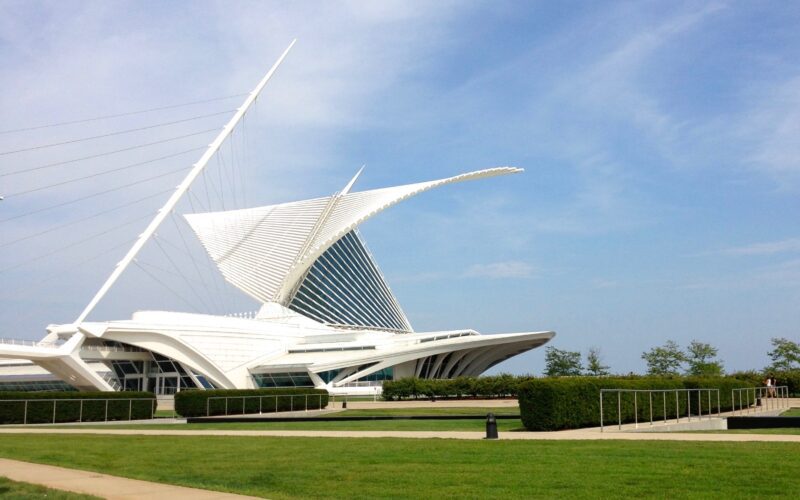
The Milwaukee Art Museum is one of his most celebrated works in the United States. The museum’s Quadracci Pavilion is particularly known for its Brise Soleil, a wing-like structure that opens and closes like the wings of a bird. This kinetic element gives the museum an almost living quality, as the wings open and close throughout the day, regulating light and temperature inside the building.
This dynamic interplay between architecture and nature is further reflected in the museum’s overall design, which mimics the sails of ships on nearby Lake Michigan. The use of light, open spaces, and natural materials ensures that the building itself becomes part of the artistic experience for visitors.
Turning Torso (Malmö, Sweden)
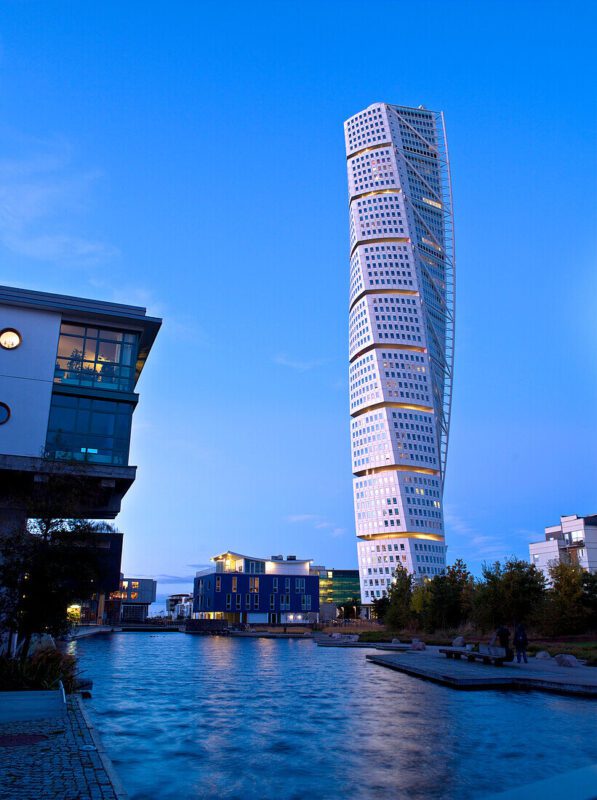
One of the tallest residential buildings in Europe, Turning Torso in Malmö is a groundbreaking feat of architectural design. Inspired by the twisting human form, the 190-meter building is comprised of nine segments that rotate as the building rises, creating a distinctive, spiral shape.
The twisting design is both visually striking and structurally complex, showcasing his engineering skills. Turning Torso is not just a skyscraper ,it’s a statement of innovation, merging architectural form with function while creating a new paradigm for high-rise living.
The Oculus (New York City, USA)
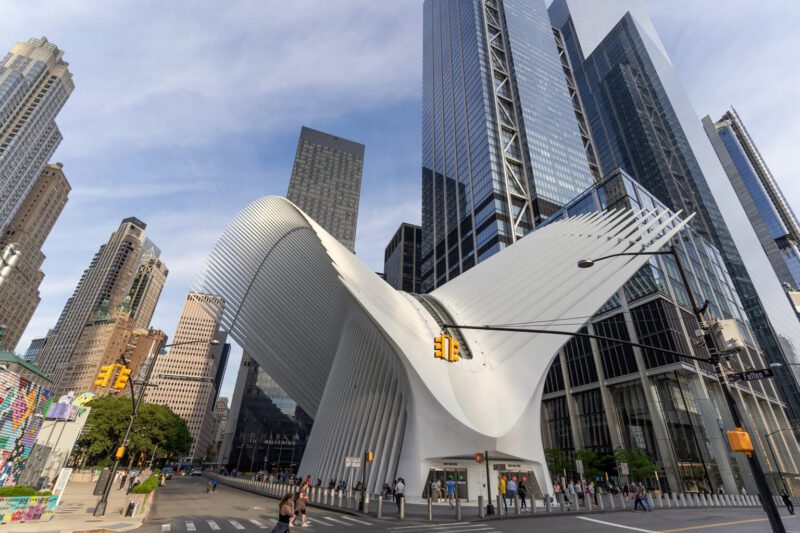
The Oculus, located at the World Trade Center site in New York, is one of his most iconic works. Designed to resemble a bird in flight, the Oculus serves as a transportation hub and a symbol of rebirth following the tragedy of 9/11. Its steel ribs rise from the ground, forming a massive, wing-like structure that fills the interior with natural light.
The building is not only an architectural wonder but also a cultural symbol of resilience and renewal. The Oculus provides a space that merges functionality with profound emotional significance, demonstrating the architect’s ability to weave deeper meaning into his designs.
Margaret Hunt Hill Bridge (Dallas, USA)
The Margaret Hunt Hill Bridge in Dallas is another example of how this master architect uses his expertise to create bridges that double as works of art. The bridge’s signature feature is its central arch, which rises over 400 feet above the roadway, supporting the structure with an elegant, soaring grace.
The bridge is part of a larger revitalization project aimed at bringing new life to Dallas’s Trinity River area. Its minimalistic, clean design has made it an iconic feature of the Dallas skyline, blending seamlessly with its urban environment while making a bold architectural statement.
Impact on Modern Architecture
The body of work created by this Spanish-born architect has had a lasting influence on modern architecture. His ability to fuse art, architecture, and engineering into cohesive designs has pushed the boundaries of what is possible in the built environment.
His focus on integrating sustainability into his projects is particularly noteworthy. By employing energy-efficient designs, natural lighting, and renewable materials, his buildings are not just visually stunning but also eco-friendly. This approach has influenced a new generation of architects who seek to combine sustainability with artistic expression.
Furthermore, his emphasis on kinetic architecture ,buildings that incorporate motion as part of their design—has opened up new possibilities for how we interact with the spaces we live and work in. Whether through moving wings, rotating towers, or dynamic bridges, his work challenges the static nature of traditional architecture.
Santiago Calatrava is far more than just an architect he is a pioneer, blending artistry with structural innovation to create buildings that inspire and captivate. From the soaring wings of the Milwaukee Art Museum to the twisting form of the Turning Torso, his designs transcend conventional boundaries, making him one of the most innovative and influential figures in contemporary architecture.
As the architectural world continues to evolve, his work serves as a reminder that great design is not just about function but also about creating spaces that evoke emotion, inspire wonder, and challenge the imagination.

